Tallinn, Estonia: A City Frozen In Time
“If you haven’t been to Tallinn, then you’re missing half of your life.”
A German friend recently shared this piece of travel wisdom to me. I was planning my grand European winter odyssey, and I’d already listed and finalized the cities that would be part of my itinerary. After all, I thought I already knew much of what Europe had to offer after visiting it for two occasions.
To make the story short, I went back to the drawing board, and decided the best time and route to check out the city. I honestly didn’t know anything about Estonia, and it hasn’t been at the top of my travel bucket list. But with such a convincing statement, how can I not visit it?
I turns out, my friend was 100 percent right. I was missing a big part of my travel life. Tallinn is one of the most beautiful, visually arresting places I have ever seen, and coming from someone who’s visited about 40 countries, that is saying something.
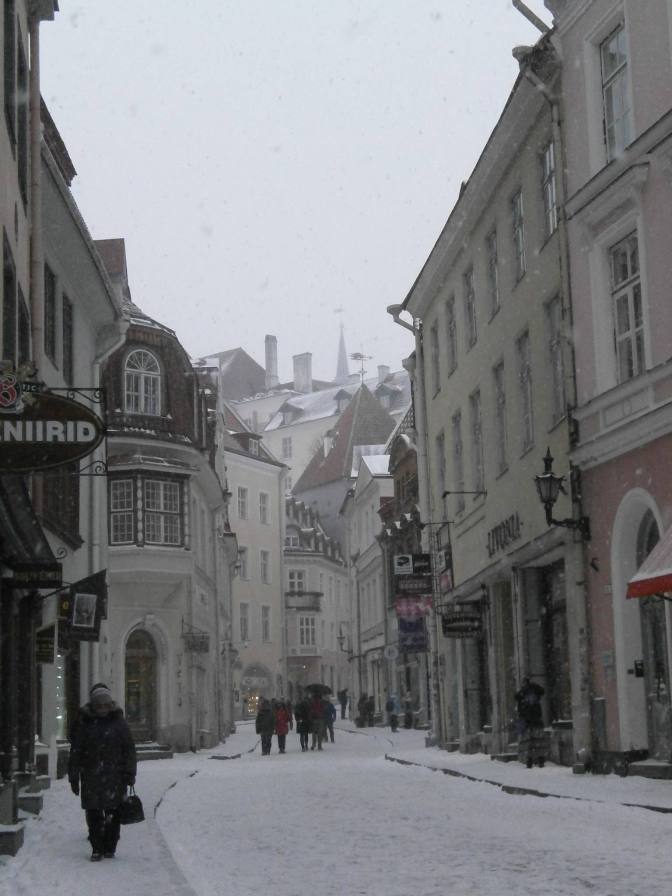 Tallinn is a medieval city at the northern tip of Estonia. It is situated near the Baltic Sea, and west of St. Petersburg, Russia.
Tallinn is a medieval city at the northern tip of Estonia. It is situated near the Baltic Sea, and west of St. Petersburg, Russia.
Most visitors to Tallinn are mere day trip visitors from the nearby cities of Helsinki, Finland and Riga, Latvia. A day trip visit is quite possible because of the small size of the city.
That is the common misconception about Tallinn, because of its small size, most people assume that there isn’t anything much to do here but they are wrong. On the contrary, Tallinn is the perfect city to explore because almost all highlights of the city are located close to each other and can be reached by walking.
As millions of visitors before me had done, I took a two-hour Tallink Star ferry ride from Helsinki to Tallinn, and from the harbor, walked a kilometer to the jewel of the city, its well preserved Old Town.
At first sight, Tallinn Old Town seemed like a place frozen in time.
From the main arch of the city’s old town district lovingly called Fat Margaret Tower, medieval Slavic architecture already welcomes visitors.
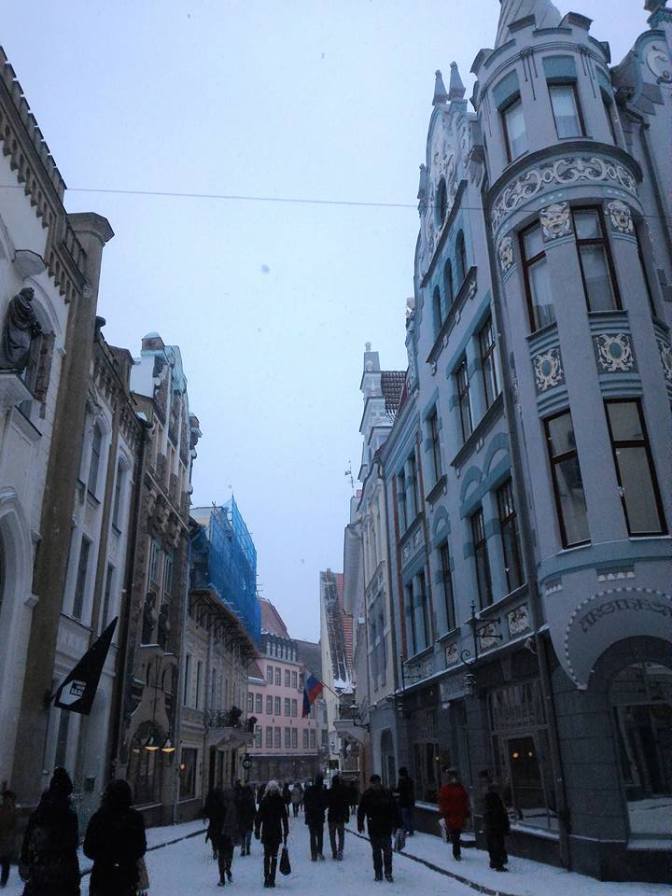
Take the main street (Pikk Tanav), and you will be treated to a grand display of houses, and low to medium-rise buildings decked in ornate, ancient stone carvings that were popular in the 11th to 13th century, passing narrow alleyways, while walking on trademark European cobblestone streets.
Like in most European cities, most streets in Tallinn Old Town are pedestrian only so you cant walk around without the hassle of passing cars. No honking sounds too.
The only signs of modern times are the small wifi signs found in the doors of restaurants, and pubs peppered around town.
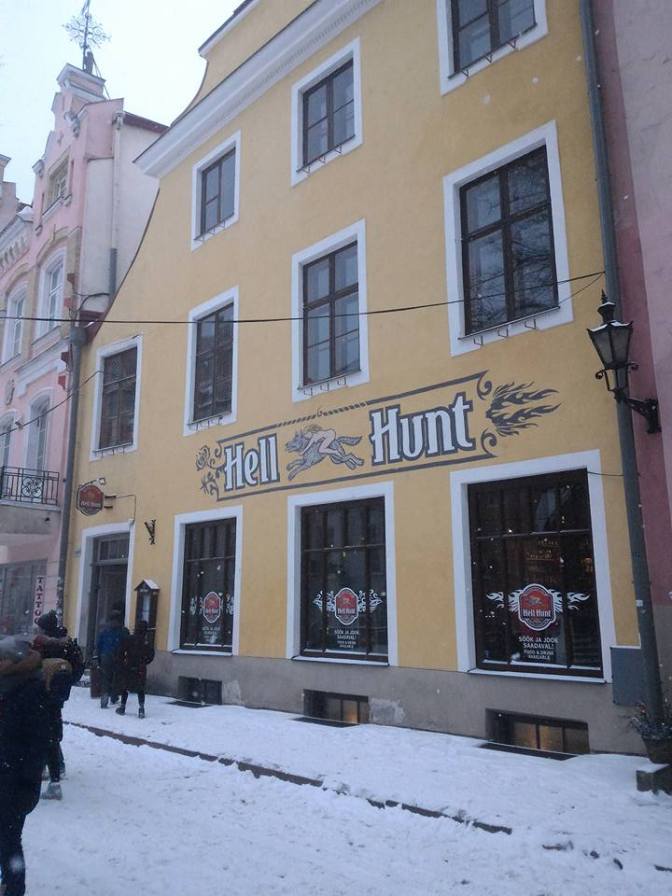
The old town’s architecture is impressive and awe inspiring and anyone would be hard pressed not to spend the better part of the day, looking up at the sculptures and stone carvings that decorate the skyline.
As I shared, I visited during winter and Tallinn was specially spectacular while being blanketed in powdery white snow.
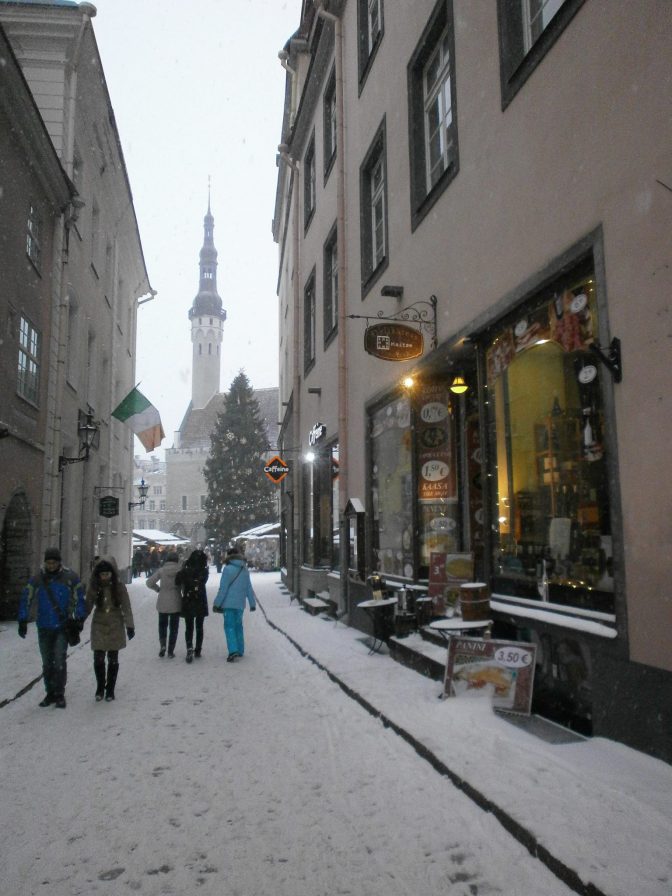
I had a silent gasp as I caught my first glimpse of Tallinn’s Town Hall Square (Raekoja Plats), which looked positively right out of a fairy tale.
The spire of the Tallinn’s town hall, built in the 1400’s dominates the landscape. All around, the square, low wood stalls selling various Christmas delights entertain the crowds of both young and old.
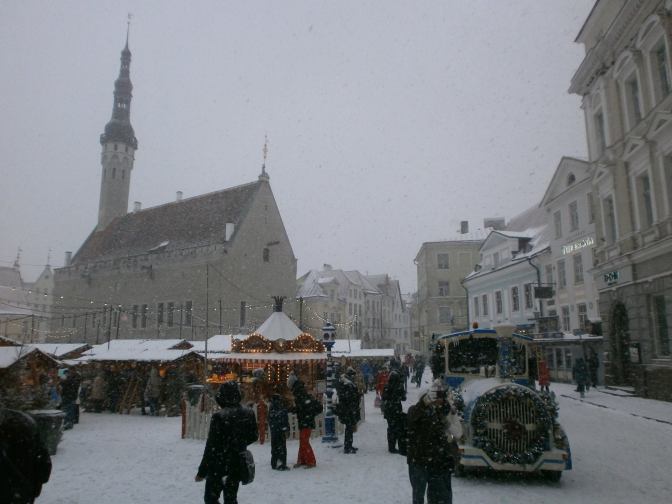
You can find stalls selling blood sausages, mulled wine and other traditional European food. You can also find stalls selling fur coats, gloves and mitten that protect the people of Tallinn against the harsh winter. It was -16 degrees during my visit and there was low visibility thanks to a mild blizzard.
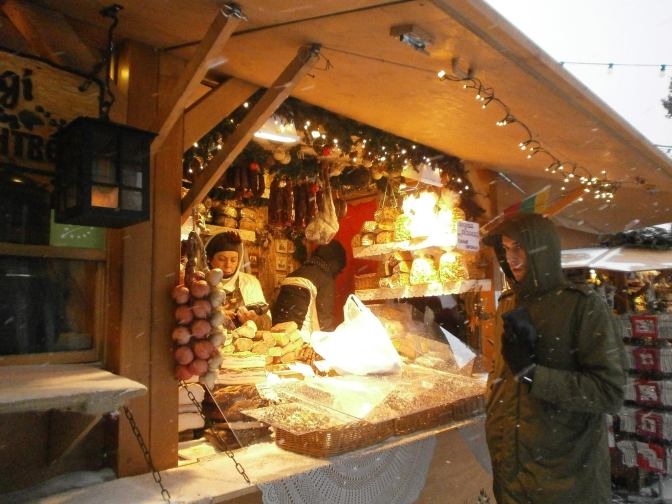
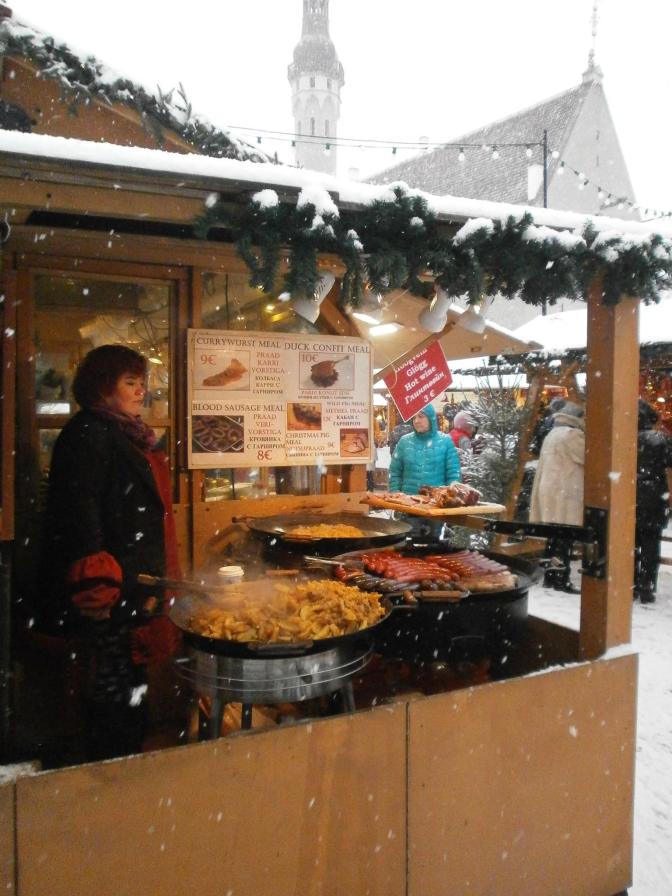
But even the plummeting temperature cannot dampen my delight as I visit the highlights of the old town.
Old Town Tallinn used to be separated into two districts.
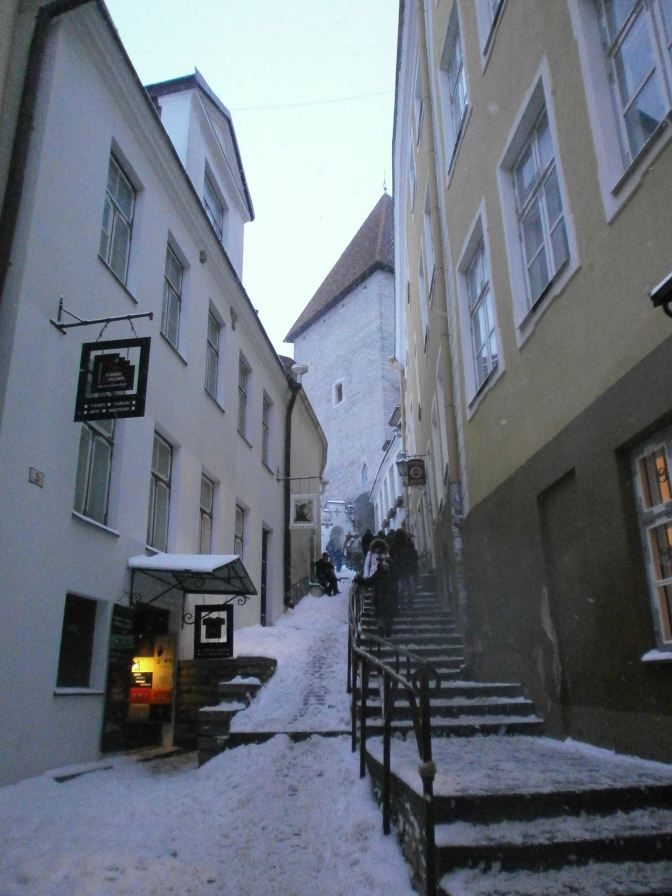
The upper town—on the hill, called Toompea—was dedicated to the upper government ruling Estonia. On the other hand, the lower town was an autonomous trading district, where rich merchant from neighboring countries lived. The commoners used to live outside the wall.
At the lower district, a few meters away from the square, you can visit the St. Olav’s Church. Built in the 12th century, it is the largest medieval structure in the city. It is a remnant of the Scandinavian influence over the town.
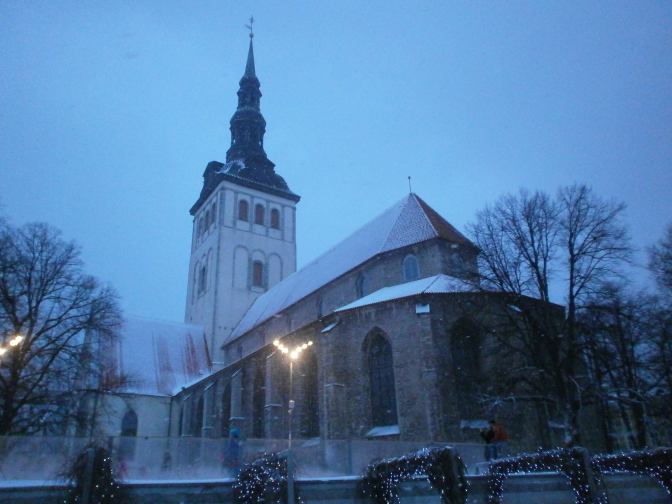
It was named after the Norwegian sainted King Olav Haraldsson. The church is famous for its tower, which is one of the highest points anywhere in the city. According to stories, had been hit by lighting for at least 10 times.
Located along Pikk St, you can find the Church of the Holy Ghost built in the 15th century. A white, low rise church, it is easily identifiable thanks to a large clock outside, which has been announcing the time since the 17th century.
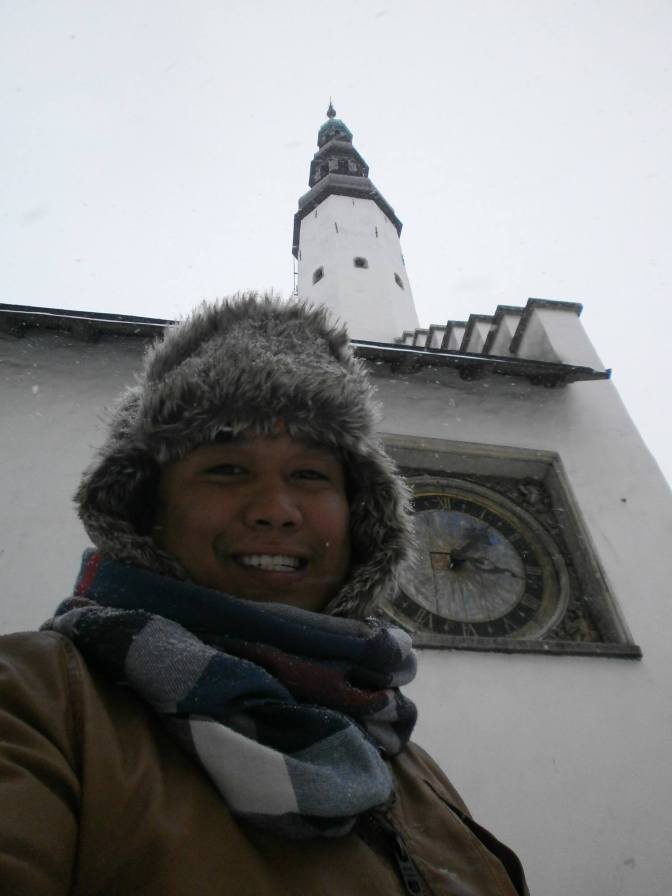
In Tallinn old town, you will also find the remnants of the St. Catherine Church and the charming little passageway named after the saint.
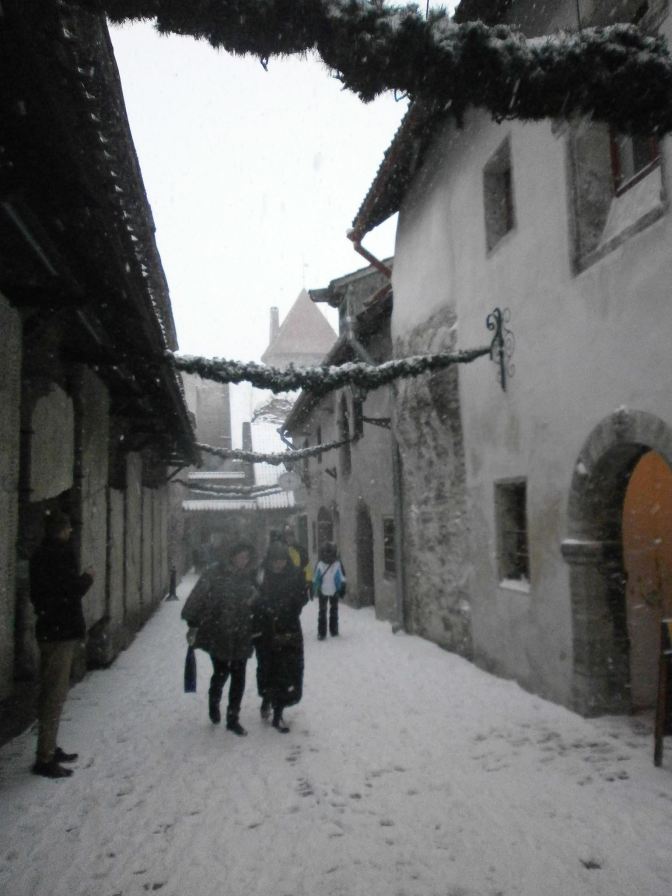
Meanwhile, one of the main attractions that can be seen at the Upper district is the grandiose Alexander Nevsky built in the 1900’s as a tribute to a well loved Estonian hero.
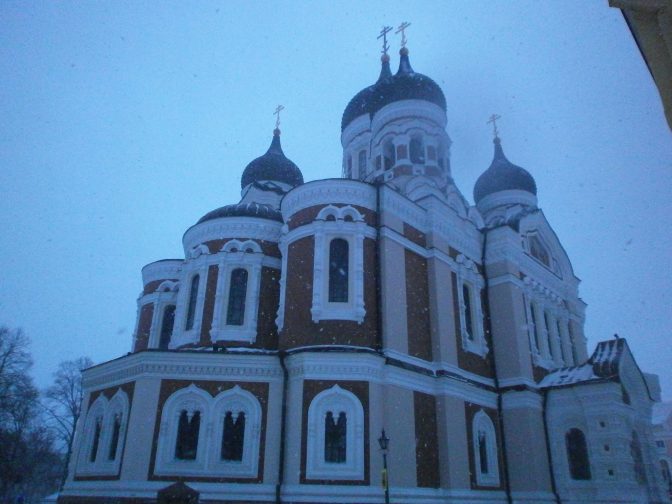
Another important site in the Upper District is the Kohtuotsa Viewing Platform. The long climb up the stairs up the ruling district towards the platform is so worth it, thanks to the larger than life view of the entire Tallinn.
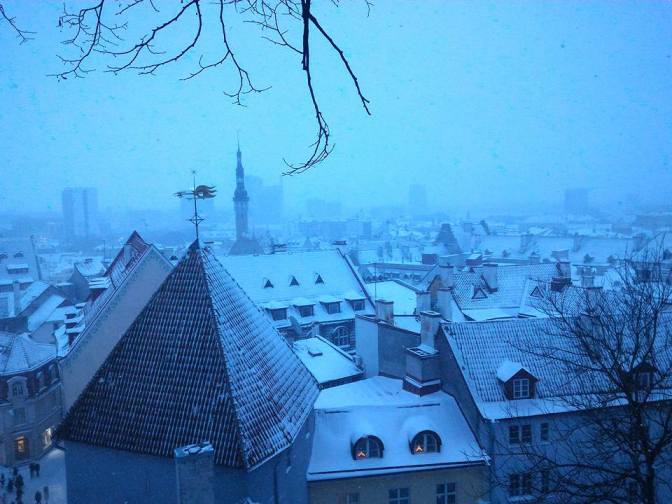
Even with the real and ever present danger of hypothermia, I made my way towards the lookout, removed my thick leather gloves and started shooting countless photos of the Tallinn skyline.
For the better part of a day, I walked around Tallinn, protected by my winter furs and scarves. Repeatedly, I would take off my gloves in order to get better shots of beautiful scenes, landmarks and people.
As a result, I got chills as soon as I went back to my hotel room, and my fingers were numb for minutes, thanks to the biting cold.
But to be honest, I had no regrets. And if given the chance, I would do it all over again for a city so charming and picturesque such as Tallinn.
And from one traveler to another, if you haven’t been to Tallinn, pack your bags and take the next trip to this amazing, unforgettable place. It’s definitely worth it.

















0 comments:
Post a Comment